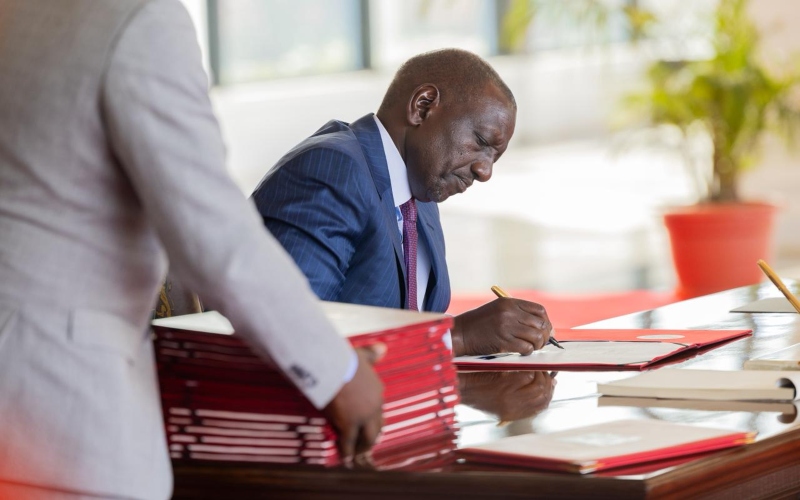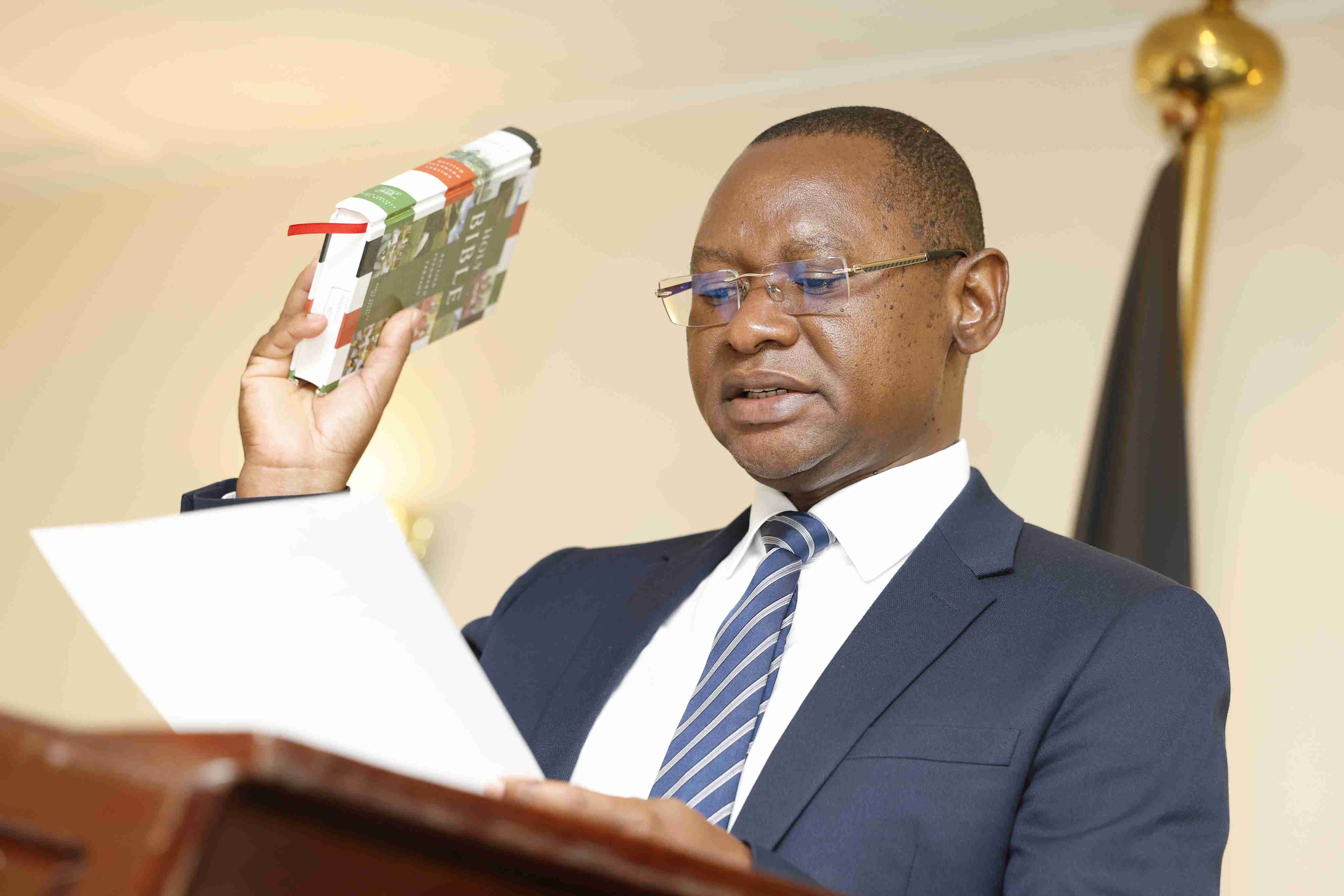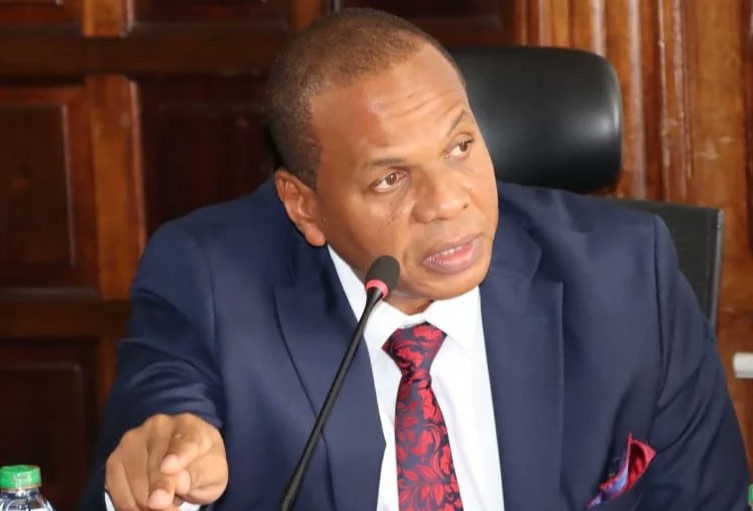Government interest payments rise to Sh622.5 billion due to high borrowing costs

Data from the National Treasury show this raised the total amount the government pays in interest to Sh622.5 billion, compared to Sh533.1 billion in the 2022/2023 fiscal year.
2Kenyans had to pay Sh89.4 billion more in interest on money the government borrowed within the country by June 2024, because of high interest rates and increased borrowing.
Data from the National Treasury show this raised the total amount the government pays in interest to Sh622.5 billion, compared to Sh533.1 billion in the 2022/2023 fiscal year.
More To Read
- Three-judge bench to hear petition challenging National Assembly over unauthorised borrowing
- Kenya’s economic activity set for strong year-end boost, says CBK
- Kenya spends Sh7 of every Sh10 collected on debt repayment - report
- Kenyans to access cheaper loans as CBK cuts lending rate to 9.25 per cent
- Banks urge CBK to cut base rate to spur private sector lending
- Commercial banks with highest interest rates
As a result, a larger portion of the country’s revenue and economy is being allocated to service the debt.
According to the Treasury, the rise in payments resulted from elevated domestic interest rates and higher borrowing to plug the growing budget deficit.
It notes that the surge has caused a notable increase in the ratio of debt service to both revenue and GDP—key measures of public debt sustainability.
"During the fiscal year under review, the ratios of domestic interest payments to total revenue increased to 27.2 per cent from 26.1 per cent in the 2022/2023 fiscal year, while the ratio of public domestic debt interest payments to GDP rose to 3.9 per cent from 3.7 per cent," the National Treasury said in its 2023/2024 public debt management report.
Tighter monetary policy
Additionally, the rise in domestic interest rates was influenced by tighter monetary policy from the Central Bank of Kenya (CBK) and growing concerns among investors about the government’s ability to meet its debt obligations.
Bond yields peaked at 18.4 per cent by June 2024, up from 14 per cent a year earlier, while Treasury bill yields rose to between 16 per cent and 16.8 per cent, from 11.7 per cent to 11.9 per cent over the same period.
Further, increased reliance on domestic borrowing saw the government raise Sh595.6 billion from the domestic market, compared to Sh459.5 billion in the previous fiscal year.
The growing budget deficit, which widened to Sh818.3 billion from Sh770.3 billion, and the maturing Sh260 billion Eurobond further limited the government’s ability to tap external financing sources.
By June 2024, the government’s stock of domestic debt had reached Sh5.41 trillion, while external debt stood at Sh5.17 trillion. Interest payments on external loans also increased by Sh62.3 billion to Sh218.2 billion, reflecting the weakening of the Kenyan shilling against the US dollar.
The shilling depreciated by 21 per cent against the dollar in 2023, falling to a record low of Sh160, before appreciating to Sh129.19 by early 2024.
The weakening of the currency meant the Treasury had to spend more Kenyan shillings to buy dollars from the Central Bank to service external loans, further increasing the burden of external debt.
"The weakening of the shilling played a significant role in raising interest payments on external debt," reads the Treasury report.
For the current fiscal year, the Treasury expects domestic interest payments to rise to Sh750 billion, while interest payments on external debt are projected to reach Sh259.9 billion.
Top Stories Today












































